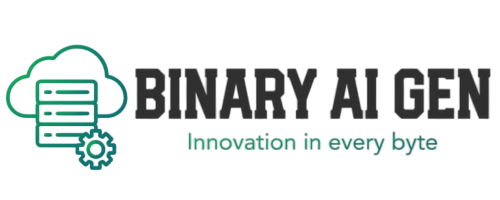Why Low-Code/No-Code Tools Are Shaping the Future of IT Development
Introduction:
The demand for faster and more cost-effective digital solutions is at an all-time high. Enter low-code/no-code tools—platforms that empower users to build applications with minimal coding. These tools are transforming the way businesses approach software development by democratizing technology. For IT service providers, low-code/no-code platforms represent a shift in how we deliver value to clients. Let’s dive into the future of this technology.
Low-code/no-code tools simplify the development process by offering drag-and-drop functionality, visual workflows, and pre-built modules. While low-code platforms still require some programming knowledge, no-code platforms are designed for non-technical users, making development accessible to everyone.
Benefits for Businesses
1. Speed to Market: Applications can be developed in days instead of months.
2. Cost-Effective Development: Reduces reliance on expensive development teams.
3. Increased Accessibility: Empowers employees from all departments—not just IT—to create solutions
tailored to their needs.
Future Demand for Low-Code/No-Code Platforms
- Market Growth: According to Gartner, by 2030, 65% of all applications will be developed using
low-code/no-code platforms.
- Hyperautomation: These tools play a key role in automating repetitive business processes, further
driving demand.
Implications for IT Service Providers
For IT service companies, the rise of low-code/no-code platforms is an opportunity to:
- Offer Customization Services: Tailor low-code solutions to meet specific client needs.
- Provide Training and Support: Help businesses upskill their workforce to use these platforms
effectively.
- Seamlessly Integrate: Ensure these tools work with existing systems and technologies.
Current Trends and Challenges


- Increased Adoption Across Industries: Businesses of all sizes, from startups to enterprises, are
rapidly adopting low-code/no-code platforms to accelerate development and reduce costs.
- AI-Powered Automation: Integration of artificial intelligence (AI) and machine learning (ML) enhances
these platforms by automating repetitive tasks and improving application functionality.

